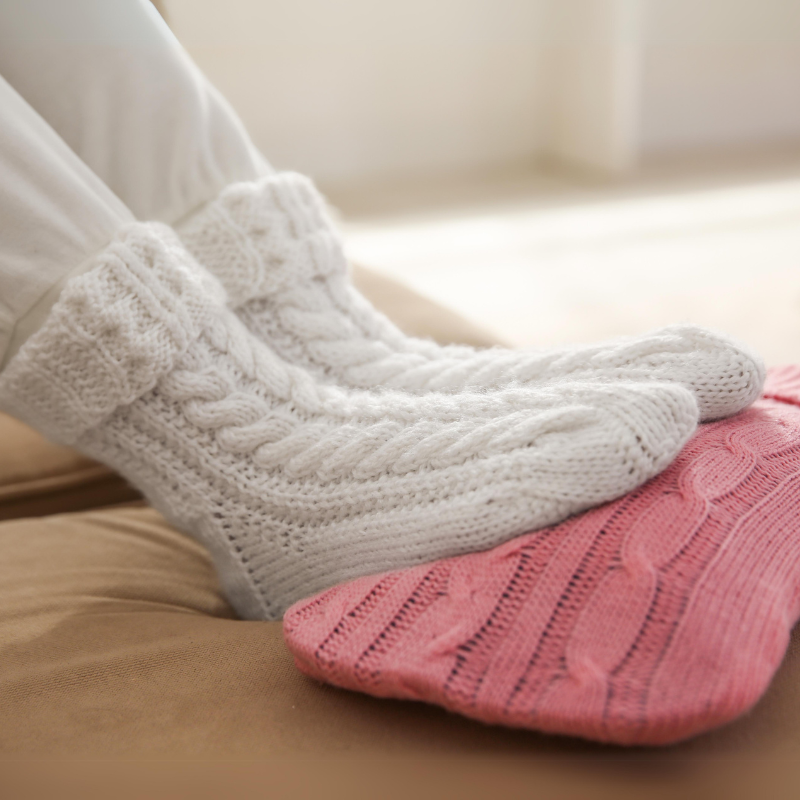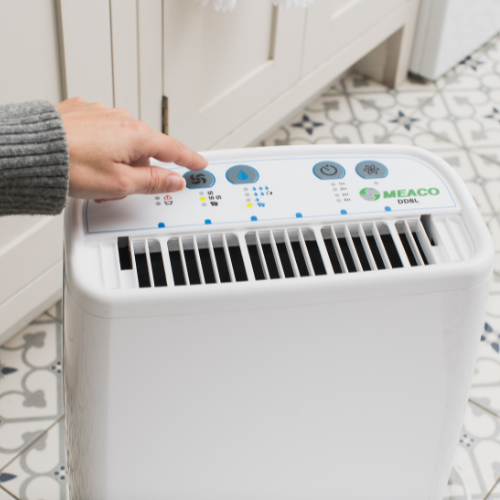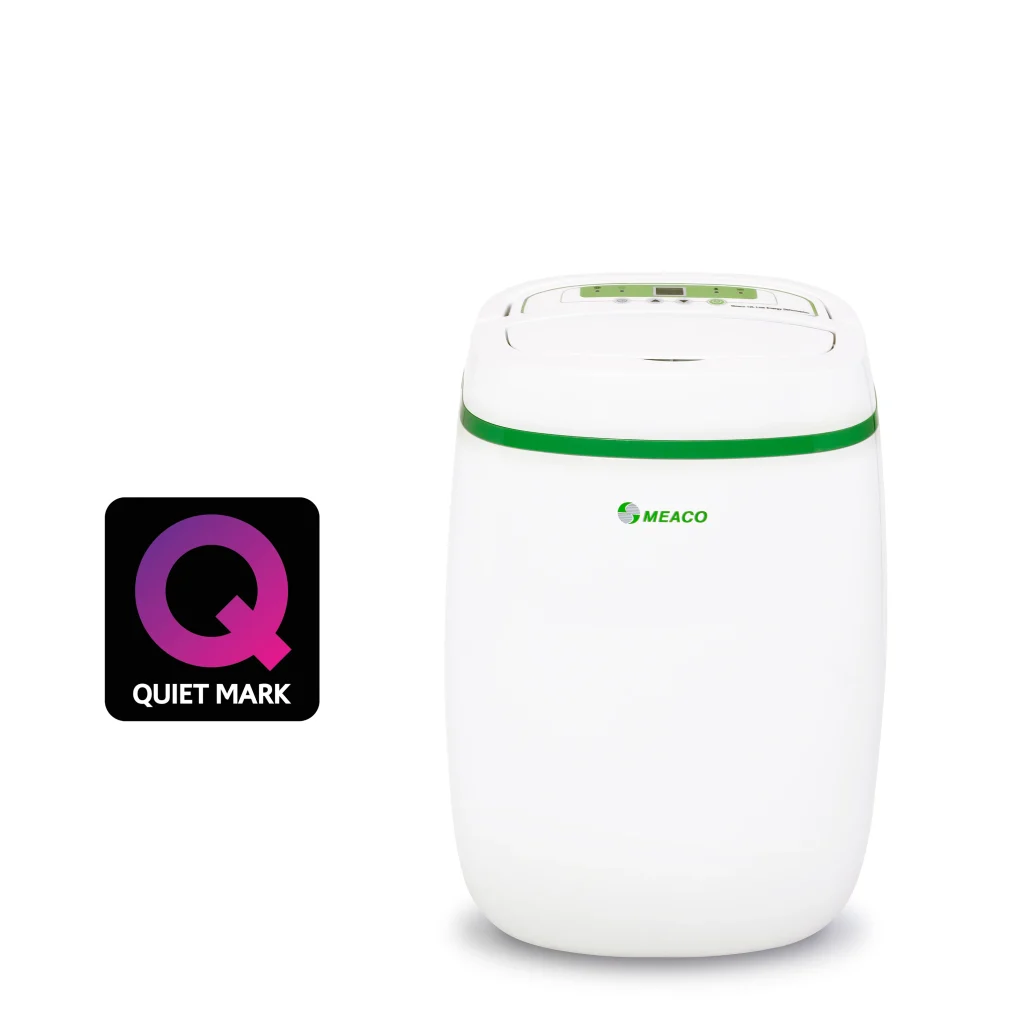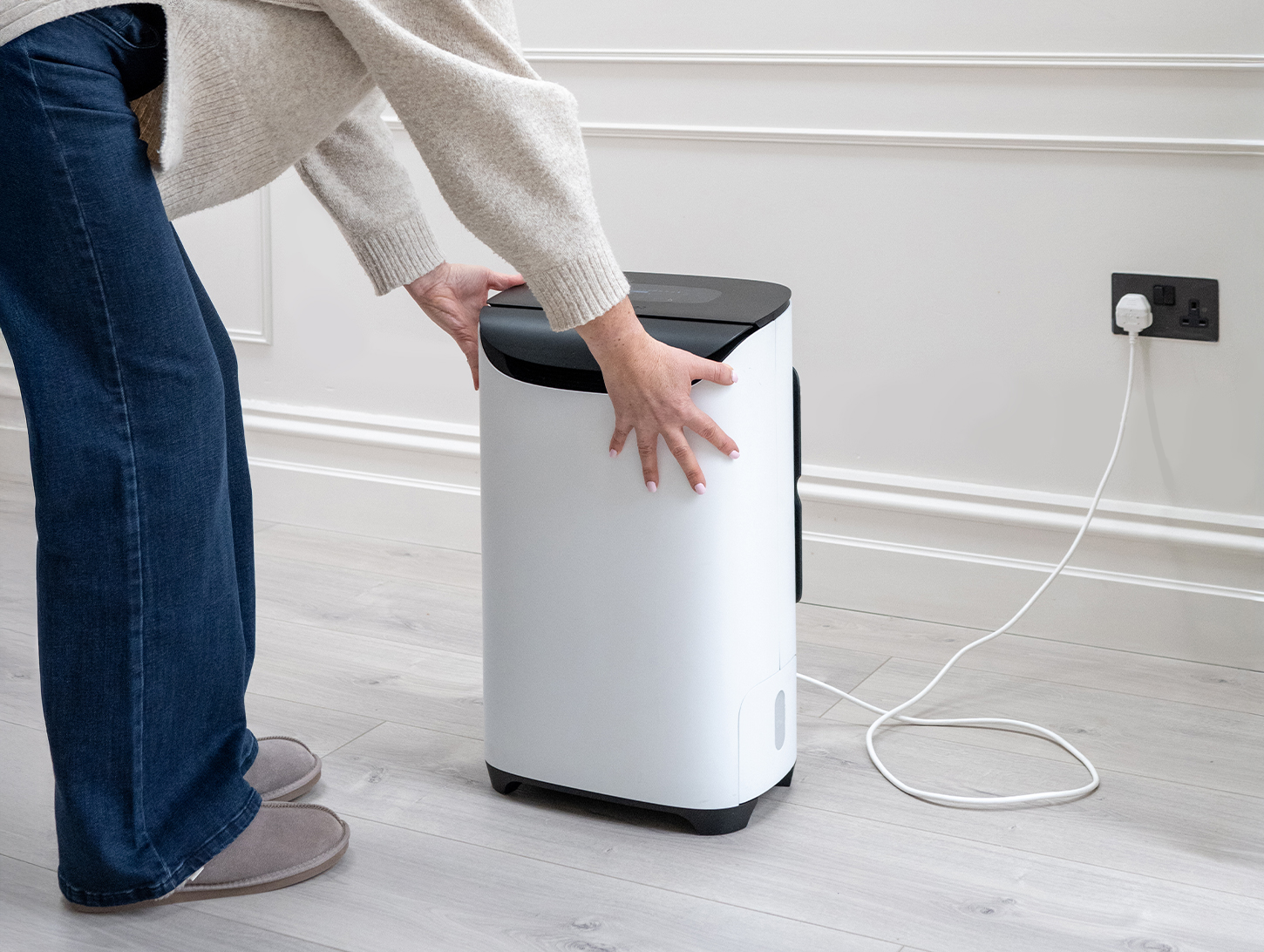
With the longer nights rolling in, temperatures dropping and the October price cap rise, switching on the heating has become more expensive than ever. We need to talk about how to stay warm at home without costing the earth and we’ve got some great tips for you to postpone switching on the central heating.
To put things in perspective, back in 2010, electricity was just 12p/kWh – that’s half of what it costs now. As costs keep rising, with energy companies charging 26.35 p/kWh on most tariffs, finding ways to stay warm this season, and reduce energy consumption where we can to manage expensive energy bills, is especially important. For more information on the recent price cap increase, read our blog: UK Energy Prices Increase – What it means for you.
It’s time to get a bit more creative when it comes to heating your home. Let’s start by answering your questions.
How much does it cost to run the central heating for one hour or one night?
The overall cost of running central heating depends on a range of factors, such as the type of boiler you have and how big your home is. Recent figures from CheckaTrade show that for the average UK home (based on a fully serviced 24 kW boiler), it will cost you £1.68 an hour. That’s approximately £14 a night to stay tucked up and cosy. It doesn’t sound like much but it will add up quickly. Over a week, that’s £98, and over the whole winter? That’s £1,372 (based on 7 days a week use over 4 months).
There are ways of helping your boiler run more efficiently by managing humidity, which we’ll cover in this blog.
Is it cheaper to leave the central heating on low all day or turn on and off as needed?
The short answer is neither. Manually switching your heating system on and off does not save money on your heating bills as you’re heating up the entire system again and again from scratch. Nor should you leave it on low all day if you and the family are out and about, spending money to heat an empty home.
Martin Lewis, the founder of the website MoneySavingExpert, is no stranger to sharing ways you can save money in your home. “They say it’s better to only put the heating on when you need it – to keep pumping constantly isn’t efficient.” he tells us on his ITV Money Show.
We agree, the best way of heating your home is to use a timer: Martin Lewis highlights that “your thermostat is designed to turn your heating on and off to keep your home at the temperature you set it.” You might have it coming on for an hour before you get up in the morning, and for a few hours in the evening.
It’s not all about timers, you can also think about which rooms you want to concentrate the warmth in as well. You can also focus the heating in one room, keeping yourself warm without paying to heat a whole house. The solution is simple, you can set your radiator valves to different temperatures in different rooms, depending on how you use those spaces.
By switching the radiators in lesser used rooms down to the lowest setting, let’s say number 1, you’re not paying to overheat a room you’re rarely using. For example, it might be that you don’t regularly use the spare bedroom and you don’t need to heat it the same way you heat the rest of the house.
Equally, in the living room, you might want it toasty for the whole family for a movie night, you can set those radiators on a higher setting, let’s say number 4 and concentrate the heat in the rooms you are using.
Why have the radiator in the spare room on max, creating a balmy 22 degrees all day every day – if you’re not even using that room regularly? Save money on your heating bills by using the timer function on your central heating system and by setting the radiators to concentrate warmth where you need it most.

To avoid turning on the heating, you can try these tips:
There are plenty of clever ways to keep warm without immediately reaching for the thermostat. Here are our top tips so you can save those pennies for a rainy day:
1. Layer Up with Warm Clothing
Let’s start with the most obvious (and probably the easiest) solution—layering up! Wearing more layers is one of the simplest ways to stay warm without cranking up the heating. As Martin Lewis and the team at MoneySavingExpert say, “Heat the human not the home”!
- Cosy up with winter clothes: Every dad in the nation will ask you to wear a jumper and put on a pair of slippers and he’s not wrong! Keeping yourself warm is a great start.
- Thermal wear: If you’re really cold or have bad circulation, why not invest in thermal socks and long-sleeved shirts. These lightweight layers trap heat close to your body.
- Opt for wool and fleece: These materials are great at insulating and keeping you warm. If they can keep sheep toasty while out in the fields, they can keep you warm too. Swap out your regular jumpers for a cosy wool fleece to keep comfortable indoors.
Sometimes the old-fashioned solutions are the most effective—and putting on extra layers costs nothing on your winter heating bills!
2. Keep doors closed to trap in the warmth
If you only use a couple of rooms in your home regularly, make sure you close off the ones you don’t need. This keeps the heat where it’s needed most, preventing it from escaping into less-used spaces.
- Shut doors to rooms like the spare bedroom or dining room: This keeps the warmth contained in the spaces you’re actually using.
- Plus, if you’re using those spaces, you’re adding warmth: When we’re moving, breathing, bringing in hot tea or soup, we’re introducing warmth into those frequented spaces anyway.
3. Open and close curtains to manage your home temperature
Take advantage of natural warmth from the sun, keep curtains open during the day and closed at night. Even as the days grow shorter, you can still use sunlight to help warm your home. Natural sunlight can raise the temperature indoors without costing you a penny.
- Open curtains during the day: Let sunlight into your home to naturally warm your living areas. South-facing windows are particularly useful for this.
- Close curtains at night: Once the sun goes down, close your curtains to trap the heat you’ve gained throughout the day.
- We recommend thermal curtains as they are especially effective in preventing heat loss through windows. You’re creating an additional, thicker barrier between yourself and the cool nighttime air on the other side of the window pane.
4. Use a hot water bottle to keep warm
In the same vein as layering up, rather than heating your entire home, focus on keeping yourself warm independently. Hot water bottles and cups of tea or coffee are a simple and affordable way to stay cosy during cold weather.
- Warm your bed or sofa: Hot water bottles are perfect for heating your bed before you get in or for keeping you warm while you relax on the sofa.
- Reduce the need for heating: By staying warm with a hot water bottle, you can avoid turning on the heating for long stretches, especially in the evenings.
Hot water bottles provide hours of warmth with very little energy input—simply boil the kettle, fill the bottle, and enjoy the heat.
Everything we do at home creates moisture but be mindful if you’re boiling the kettle often at home. Using a Dehumidifier, especially a Low Energy dehumidifier, can help extract this additional moisture and keep your energy bills low.

5. Insulate Your Home
If you’re insulating yourself, consider the house as a whole as well. Good insulation is key to keeping the heat in and reducing the need for heating. Proper insulation ensures your home stays warm for longer, even during the coldest months.
- Loft insulation: A significant amount of heat can escape through your roof. Make sure your loft is well-insulated to trap warmth inside. Is the garage well insulated and the loft rafters insulated properly?
- Cavity wall insulation: This can dramatically reduce heat loss, especially in older homes. You can also run radiators in the rooms you use most, keeping the warmth within those spaces by insulating wall cavities.
- Rugs are a great way to avoid cold feet: Utilise rugs on the floor to insulate your home and reduce the amount of work your boiler or underfloor heating needs to do.
6. Seal draughts to seal in the warmth
Draughts are a common source of heat loss in our homes, especially older properties. It’s important to tackle draughts around doors, windows, and any other areas where cold air can creep in.
- Seal gaps around external windows and doors: Heat will escape from any crack and crevice if we let it! Use draught excluders at the foot of external doors or foam sealants to close up any gaps around windows.
- Use door draught excluders: These are a great, low-cost way to prevent cold air from entering rooms through doorways even for internal doors.
- Check for any easily forgotten areas: do you have a door between your home and garage, letting in a cold draft? Are any old fireplaces sealed properly to avoid sending your valuable warmth up and away?
By eliminating draughts, you can keep the warmth inside and reduce the need to turn on your heating.
Many of these (and more) create moisture. We’re still going to be showering, cooking, drying washing indoors – and we’re shutting the doors and windows, trapping that moisture inside our homes. This is where you may run into problems.
Firstly, heating moist air is actually more expensive. Science tells us that we’ll need to pay to heat both the air and the water molecules that we’ve trapped within it.
The heat capacity of dry air is 1.005 kJ/kg°C whereas the heat capacity of water vapour is nearly double at 1.82 kJ/kg°C. Because the heat capacity of humid air is greater than dry air, it means that humid air will take more energy to heat by a given amount.
Heating all of this is going to be harder work on your boiler and increase your energy bills.
Then, we’re looking at the physical issue of trapping moisture in the home. It can lead to damp, mould and condensation problems – all of which can become a very expensive problem if not addressed.
For more information on the sources of moisture at home, read our blog What are the sources of moisture at home and what’s the solution to damp and mould problems.
7. Use a dehumidifier to reduce humidity and increase warmth
Humidity isn’t just uncomfortable—it makes heating your home more expensive and can cause issues for your home and family’s health. This is where a dehumidifier, such as the MeacoDry Arete® Dehumidifier/ Air Purifier, can help in two parts.
By running a dehumidifier, you can help to improve your boiler’s energy efficiency so when it’s switched on, it heats your home quicker and cheaper. When the air is damp, your heating system not only has to warm the air but also the moisture in it, making it work harder and driving up your energy bills. By using a dehumidifier to reduce humidity, you make your home feel warmer and easier to heat, reducing the energy required to stay warm and comfortable.
Secondly, you don’t need to open the windows to manage humidity (and let in the cold wintery air)!. Opening windows may work for you after a shower in the summer, but during the winter, you’re letting in all that cold air! Dehumidifiers extract any excess moisture but retain the heat for you in the home. Problem solved!
That’s a double whammy solution to keep warm, delay turning your central heating on and save money on your energy bills.
Read more on our blog: Four reasons why desiccant dehumidifiers are more effective in cooler homes.

You might think that running another electronic appliance would add to your energy bills but dehumidifiers are one of the most energy efficient options out there. You can even specifically choose a Low Energy Dehumidifier so you’re providing solutions while keeping your energy bills ultra low.
Stay Warm, Save Money, and Avoid Turning the Heating On
With energy bills higher than ever, every bit of savings counts. By following these practical tips—from sealing draughts and using hot water bottles to running a dehumidifier—you can stay warm and comfortable without constantly reaching for the thermostat.
Remember, dry air is easier and cheaper to heat, and by keeping humidity levels in check, you’re not only saving money but also protecting your home and improving its air quality. This autumn, let smart strategies and energy-efficient solutions guide you through the colder months, helping you stay cosy and reduce your energy costs.
Let’s recap quickly:
- Layer up with warm clothing: “heat the human not the house”
- Keep doors closed to trap the warmth inside
- Open and close curtains to manage your home temperature
- Pop on the kettle for a hot water bottle
- Insulate your home
- Seal draughts to seal in the heat
- Use a dehumidifier to reduce humidity and increase warmth
Incorporate these tips, and you’ll find that it’s easier than ever to keep your home warm while keeping energy bills down.
And if you are running a dehumidifier, you’ll be saving on more than just your heating bills. By using a dehumidifier to dry washing rather than using a tumble dryer, you can save on your electricity bill as well – and you’re drying and purifying the air at the same time! Read more on our blog: How to save £300 drying your laundry with Meaco.
Featured products:
- High performance, even in spaces below 10°C
- Powerful laundry buster
- Whisper quiet – from 39 dB
- Shop desiccant dehumidifiers
- Europe’s most popular Dehumidifier family
- Energy efficient – running costs from 4p / hour
- Shop Arete®
- Multi-award winning
- Highly energy efficient
- Easy to use
- Multiple models to choose from
- Shop low energy dehumidifiers









One Response
We bought our DD8L Junior from you last year as we had a built on utility room that only had single brick walls-consequently suffered from severe condensation every year as autumn turned to winter. Very soon we realised how efficient our “new buy” little box was at ridding us of condensation plus drying out any clothing that needed airing straight out of the washing machine.
Then we thought how useful another de-humidifier would be in other parts of the house that sometimes suffered similarly. So we tried to buy another one but couldn’t find one anywhere, so we settled for a similar one (we thought) bearing the initials R.H, it didn’t take us long to realise that this new one just wasn’t up to the mark, so we quickly got rid of it and waited until we were able to find another Meaco. Since then we haven’t looked back.
Congratulations Meaco – excellent value for money.